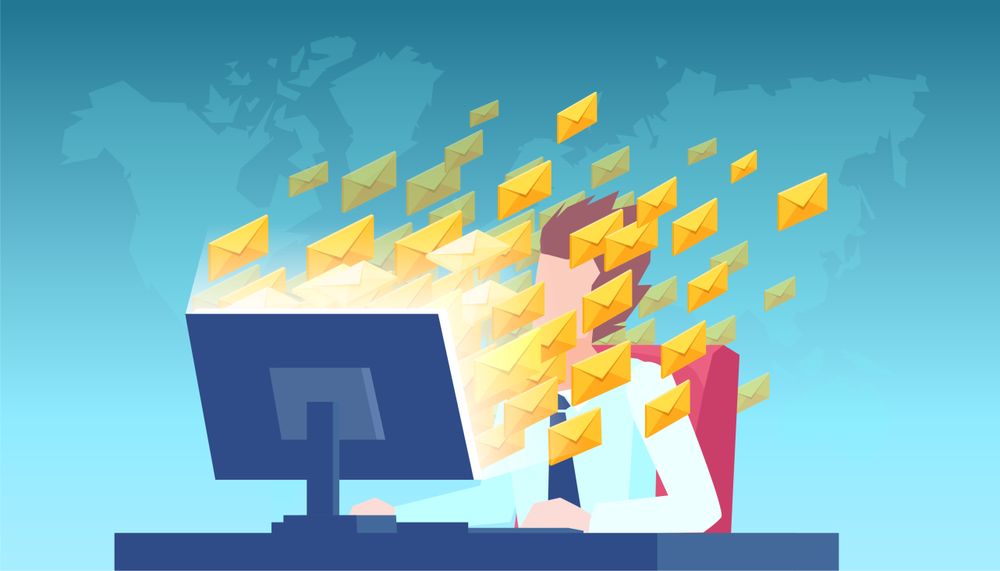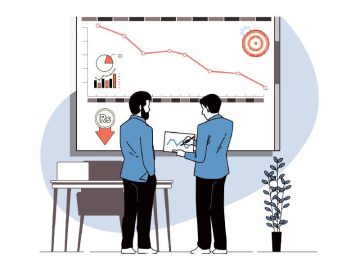After all these years,
email is still the primary method for business communication. Yet it is the
everyday, mundane qualities of email that spell the greatest danger. Email has
been around for so long that it has to be secure, right? Wrong. There are some
fundamental changes coming that are designed to secure transit and improve the
deliverability levels of legitimate communications.
It’s worth noting that 96% of social engineering attacks start with a phishing email. Human
error is what cybercriminals rely on to do their dirty work. Spoofing a popular
domain is one of the most common ways to trick both existing customers and
potential new clients alike, but industry leaders are taking some major steps
to secure our everyday email lives.
Proving that you are you
Email protocols, such as
DKIM and SPF, have been around for some time, and if your business relies on
email, these protocols are designed to prove your online credentials to
clients’ email inboxes.
This provides some
protection, but it doesn’t alter the fact that up to 21% of legitimate emails
are landing in spam folders. Something additional is required. Now, two of the
largest names in email provision, Google and Yahoo, are implementing plans to
improve email safety and deliverability.
From February 1, 2024, along with new
guidelines on easy unsubscribing and acceptable spam rates, Google will require
senders of bulk email to personal accounts to have three levels of
authentication: SPF, DKIM and DMARC. Yahoo is implementing similar policies,
too.
New inbox changes: An MSP opportunity
With the introduction of stricter email authentication
measures, MSPs have a prime opportunity to enhance their services and reinforce
client relationships by guiding businesses through compliance and offering
comprehensive cybersecurity solutions.
By establishing partnerships with industry leaders like
EasyDMARC, which offers full sales and marketing enablement, MSPs can
capitalize on this evolution in email security to boost revenue and solidify
their role as trusted advisors in the digital landscape.
How will this impact email?
As a third check, DMARC provides a
framework for domain owners on how an email should be handled if it fails SPF
or DKIM authentication checks. This can lead to emails being quarantined in a
spam folder or rejected outright.
DMARC also includes reporting into
authentication failures, thereby helping to protect the legitimate domain owner
against spoofing attempts and other potential misuse.
What this means is if a
business has a history of sending more than 5,000 emails daily — including both marketing and transactional — they
will need to comply with these new rules.
The bad news for companies
that do not comply is that they risk doing serious damage to their online
reputation as more of their communications become classified as spam.
The good news for anyone
with one of Google’s listed domains is that starting this February, they should
be able to note a gradual improvement in the relevance of the messages coming
into their personal email box as unsubscribing becomes easier and companies
whose messages they do need or value benefit from clearer targeting and trusted
domain status.
It’s probably one of the
most significant changes to happen to email since the very first “Press to
send.”
While nothing can replace
daily vigilance in managing your inbox, these changes will help you remove the
clutter and see more of the communications that are relevant to you.
Start building secure domain infrastructures with DMARC
now
EasyDMARC has partnered
with Acronis to simplify DMARC For MSPs, and you can find
more details about the integrated solution in the Acronis Integration Catalog and within the Acronis Cyber Protect application.





